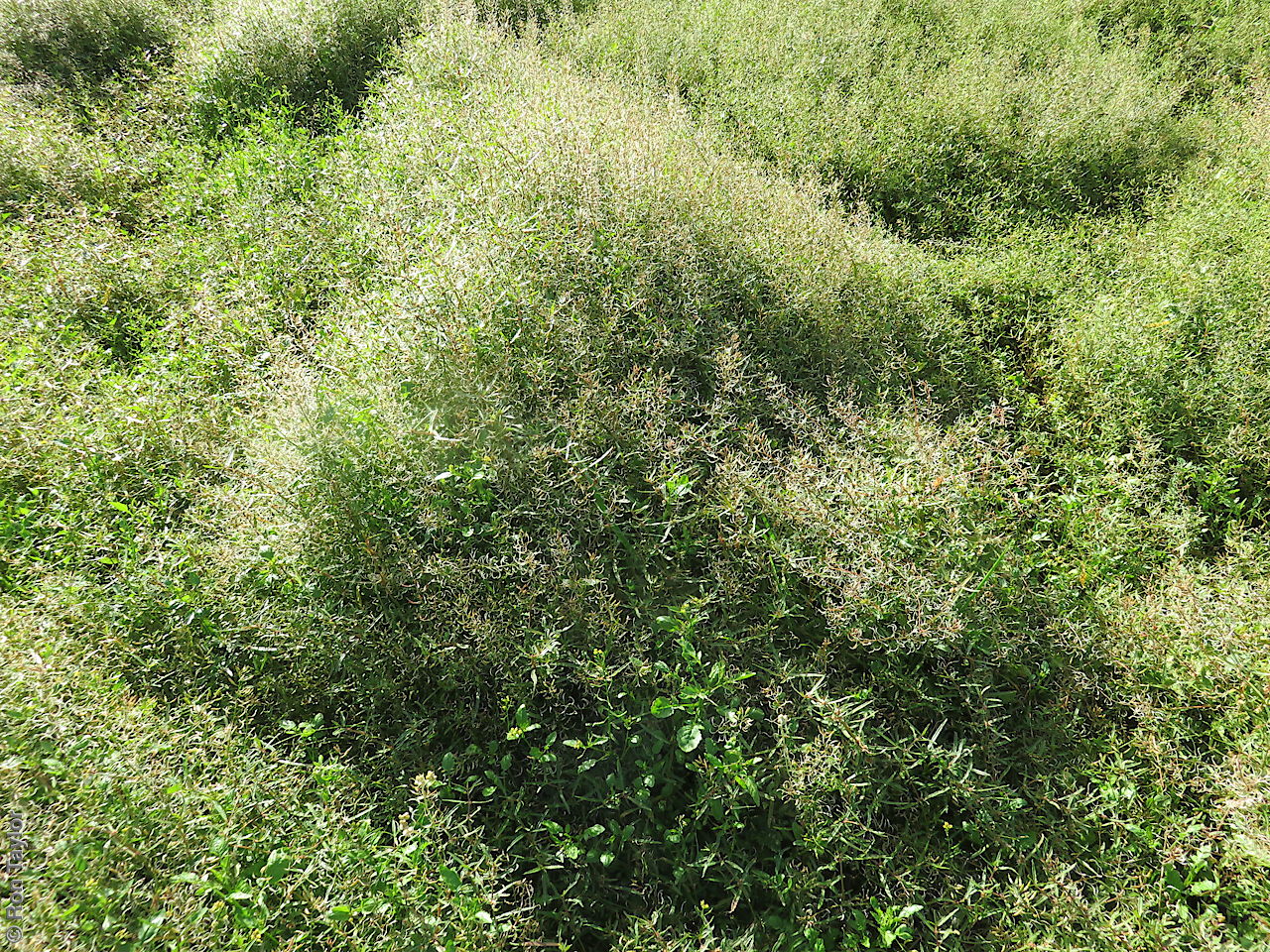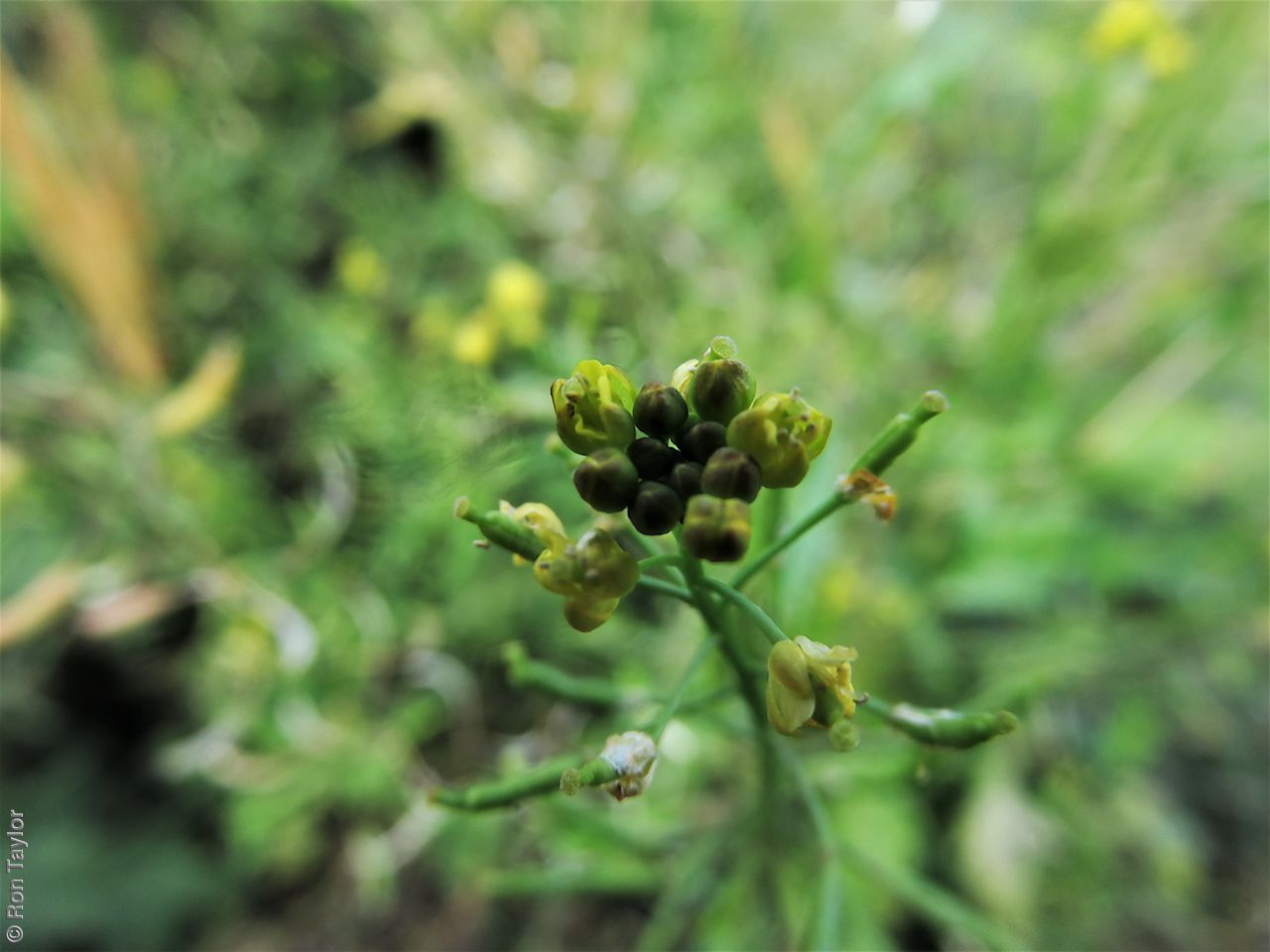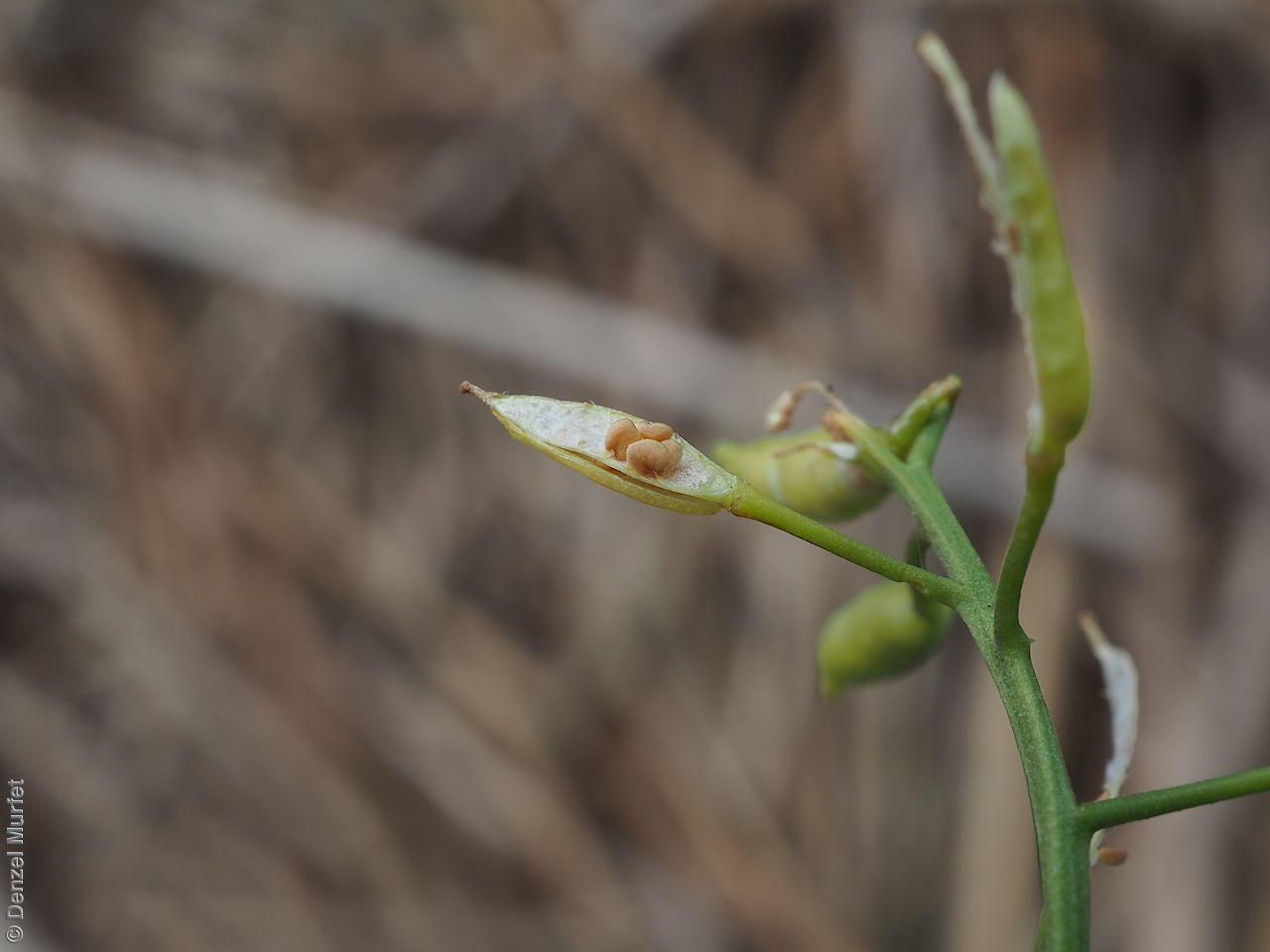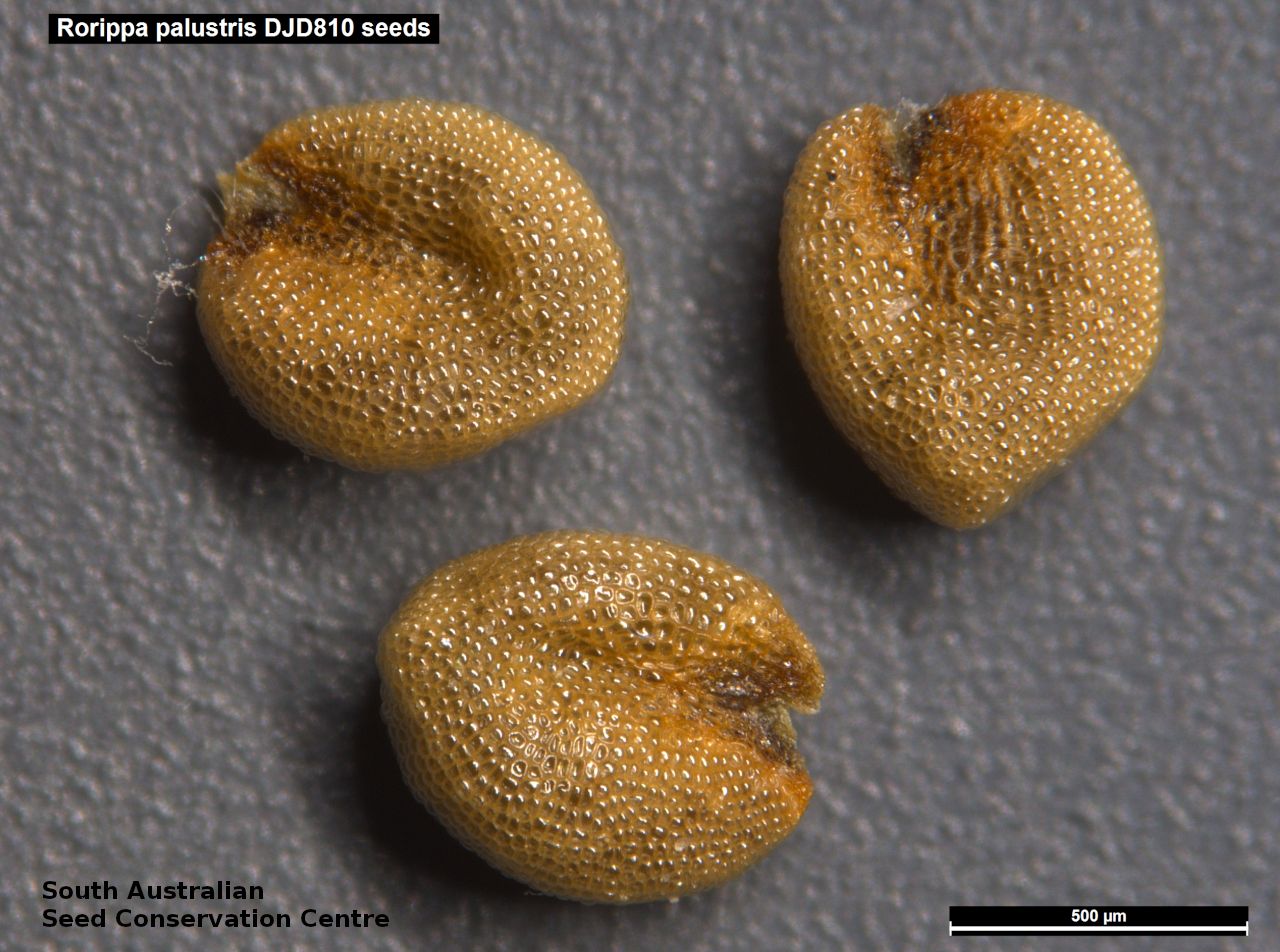

























Botanical art
Prior names
Sisymbrium terrestre
Sisymbrium palustre
Sisymbrium barbareaefolium
Nasturtium terrestre var. semipinnatifidum
Nasturtium semipinnatifidum
Cardamine palustris f. barbareaefolia
Sisymbrium amphibium var. palustre
Nasturtium terrestre
Nasturtium palustre
Rorippa islandica
Common names
Marsh Cress
Yellow Marsh-cress
Etymology
Rorippa possible from the Latinised form of 'Rorippen', a Saxon vernacular name used by Euricius Cordus or from the Latin 'roro' meaning to be moist and 'ripa' meaning riverbank; referring to the genus habitat in moist places. Palustris from the Latin 'palustre' meaning swampy; referring to the habitat where the species are found.
Distribution and status
Found in the southern Mount Lofty Ranges, along the Murray river and in the lower South-east in South Australia, growing in wet or swampy areas. Also found in Queensland, New South Wales, Victoria and Tasmania. Introduced. Common in South Australia. Common in the other states.
Herbarium regions: Murray, Southern Lofty, Kangaroo Island, South Eastern, Green Adelaide
AVH map: SA distribution map (external link)
Plant description
Annual or biennial herb to 60 cm high, erect with stems often red-pigmented, glabrous. Leaves to 12 cm long, glabrous or hairy, lobes irregularly serrate, margins toothed, basal leaves petiolate, auriculate at base, deeply incised with large terminal lamina, stem leaves similar, becoming smaller and sometimes simple. Inflorescence a terminal spike with yellow flowers. Flowers throughout the year. Fruits are brown oblong to ellipsoid, curved, pod to 9 mm long and 3 mm wide, contracting abruptly to style. Seed embryo type is bent.
Seed collection and propagation
Collect seeds between January and December. Collect maturing pods those turning pale brown with orange seeds inside. Be gentle with the pods as they split open easily. Place the pods in a tray and cover with paper to prevent seeds from popping out and leave to dry for a week. Then rub the dried pods gently by hand to dislodge the seeds. Use a sieve to separate the unwanted material. Store the seeds with a desiccant such as dried silica beads or dry rice, in an air tight container in a cool and dry place.